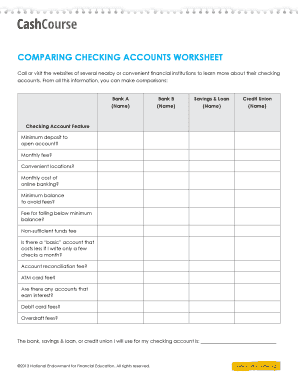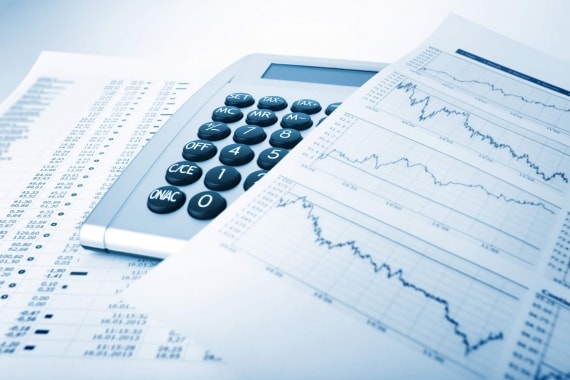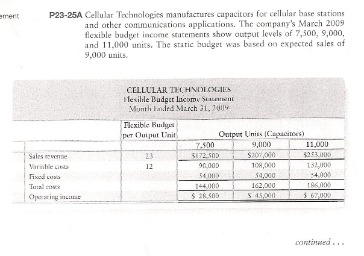
With the improved regulatory framework, we also propose that in the future governments may develop national cryptocurrencies, e.g. crypto-euros or crypto dollars, that will be easier and faster to use compared to existing currencies. A well-developed regulatory framework may help tokens become a legitimate means of exchange in ecosystems that will start growing in the future. Further work is required from accounting bodies to accept new types of digital assets and develop standards that will solve the issues related to their recognition, measurement and disclosure.
Insights by topic
Another reason could be that most existing articles are normative and are looking at the future applications of blockchain. We may assume that, in the future, when there will be more cases examining the actual application of blockchain in accounting practices and real examples of the influence of blockchain on the accounting and auditing field, the number of papers in the leading journals may increase. For now, we observe that, with the blockchain landscape changing daily, and ideas and research needing to reach the target audience faster than the traditional journal route allows, researchers are turning to SSRN to share their tentative findings (Holub and Johnson, 2017). We also observe that Australian scholarship is now leading the blockchain research in accounting, as more papers were published in journals included in the ABDC ranking compared to the ABS ranking. Moreover, Australian journals such as the Australian Accounting Review and Meditari Accounting Research are among the top tiers of those who welcome such research.
- Some research products have used general frameworks such as the technology–organization–environment framework (Dai and Vasarhelyi, 2017) and the unified theory of acceptance and use of technology (Ferri et al., 2020).
- Finally, Lombardi et al.’s (2021) recent research presents a systematic literature review of the effect of blockchain technology in the auditing field.
- (2020), “Challenges when auditing cryptocurrencies”, Current Issues in Auditing, Vol.
- Those who work in accounting don’t yet need to know all of the ins and outs of blockchain technology, but it’s definitely time to keep an eye on developments at least within your organization.
- Parmentola et al. (2022) conclude that blockchain could create a more sustainable supply chain in line with the sustainable development goals.
Skills for the future
There are three key aspects of blockchain that can affect the accounting industry. The blockchain database records the data of organizations and individuals across the world. The rapid evolution of technology is quickly changing the way business is conducted across all industries, even some that are centuries old. For example, artificial intelligence (AI) can drive down the cost of health care by more accurately determining correct drug dosages for patients and potentially reducing errors.

8 Connection with other technologies
To have the suite of skills needed in 2021 and beyond, having an understanding of how blockchain technology affects audits is important. Furthermore, accountants with blockchain experience can serve as consultants by helping their clients navigate both implementation and regulatory issues related to blockchain technology. Contrary to what may be supposed of tech erasing opportunities, the automation of auditing allows for bookkeepers and accounting professionals to increase their advisory services to interpret results and train clients. In addition, unforeseen add-on tech and services will be needed and created. Even if you’re not using cryptocurrency, blockchain accounting can involve US dollars and other assets.
To stay clear of forensic accountants working for law enforcement or insurance companies, ensure that anyone working on accounting for your business has oversight from someone else. By establishing a system of accountability, you’ll help to nip any potential for insider fraud in the bud. AI tools valuing inventory will save you time when it comes to boring accounting admin tasks, such as combing through data for insights, scheduling meetings with clients, or even generating reports. AI can analyze contracts for finance operations, highlighting key data points that can then be reviewed by humans.
Literature review and hypotheses development
SmartPLS computes path coefficients, also known as t-values, and applies the recommended threshold values. A t-value greater than 1.96 (at a significance level of 0.05) typically suggests statistical significance (Hair et al. 2011). Additionally, SmartPLS provides statistical measures https://www.business-accounting.net/what-is-the-difference-between-cash-transfers-in/ to evaluate model fit, including the R-squared value (representing the variance explained by the model) and predictive relevance (Q²). These metrics help assess the overall quality and predictive capability of the structural model (Falk and Miller, 1992; Hair et al. 2011).

From 2013 to 2018, they highlight the relevance of Bitcoin and cryptocurrencies. Rozario and Thomas (2019) suggest the creation of a second blockchain owned by an auditor and connected to the accounting blockchain of the first client in a network. In this way, auditors could extract data from firms’ blockchains and perform smart audit procedures within these blockchains. Fatz et al. (2019) use blockchain technology to create a system that issues certificates of arrival for goods, which are relevant in the VAT context for transactions between two businesses located in different EU countries. New technologies have traditionally faced adoption challenges (e.g., EDP and ERP systems). Therefore, it is not surprising that organizations have not yet embraced blockchain technology in general, and distributed ledger technology specifically.
And now, the accounting and audit professional needing to understand, they don’t need to understand hashing. That’s a spot for the accounting audit professional to understand, “This is an ecosystem I need to keep up on.” And that the tools for that ecosystem are beginning to appear. A smart contract is one of many blockchain applications that can streamline tedious tasks in today’s accounting.
However, thus far, these worries are not justified because some aspects of the auditing process still require professional judgment (Turker and Bicer, 2020). Some audit procedures, such as sampling, confirmation letters, payroll examinations, invoice evaluations and reconciliation, will become less expensive or obsolete (Turker and Bicer, 2020). Others, such as systemic evaluation, risk assessments, predictive audits and fraud detection, will attract new and significant interest (Bonyuet, 2020).
Possible solutions for this issue include establishing conflicting interests between involved parties by design (McAliney and Ang, 2019) or providing digital IDs of real-world objects (Alles and Gray, 2020). The latter suggests the complementarity between blockchain and Internet of Things (IoT)/radio-frequency identification (RFID) technology (Sheldon, 2019). We opted not to exclude papers that were published in journals with moderate- to low-impact factors. Moreover, as blockchain is a recent topic, we decided to include conference papers and book chapters. Second, this study investigates how accounting practice will be impacted by blockchain. Blockchain can improve information timelines and accounting reliability because of its decentralization and transparency, but it will also require new competencies, attention to scalability and accounting standard reconciliation.
(2019), “The forthcoming data ecosystem for business measurement and assurance”, Journal of Emerging Technologies in Accounting, Vol. As mentioned in the methodology, we checked the validity and reliability of the topic results using citation analysis (Dumay et al., 2018). Table 3 shows the total citation counts for the top 10 articles as listed in Google Scholar citations (5 March 2021). Portable Document Format (PDF) versions of each of the articles were downloaded and stored in a Mendeley database with full referencing details. When conducting an SLR, it is important to assemble a proper body of literature so as not to bias the results (Massaro et al., 2016). We selected the research articles for this study following a three-phase procedure.
Table 9 shows the top ten rankings of the number of citations from other articles. Several authors combine blockchain with auditing and control systems, applying it to different business functions. In total, four articles—two from 2019 (Chang et al., 2019; O’Leary, 2019), one from 2018 (Wang and Kogan, 2018) and one from 2017 (Kokina et al., 2017)—are remarkably significant in terms of the number of citations received over several years and the ranking obtained. This indicates that the papers provide high-quality information on accounting, auditing and accountability and blockchain.

For instance, Venkatesh and Davis (2000) discovered a positive correlation between PEU and PU in their study on IT adoption within organizations. Similarly, Fathema et al. (2015) and Ullah et al. (2021) found https://www.quick-bookkeeping.net/ a strong connection between PEU and PU in their research on IT adoption in education. This suggests that individuals are more likely to find technology advantageous when they consider it user-friendly.
While new challenges are bound to rear their heads, the potential benefits far outweigh the obstacles. As businesses continue to adopt and adapt to this technology, the future of Accounting looks promisingly decentralised and secure. Blockchain technology eliminates the need for manual data entry and reduces the risk of human error. Transactions are automatically recorded on a secure ledger that authorised parties can access. It also facilitates auditing, as transactions can be traced and verified on the Blockchain.

In blockchain, the transaction verification process is not managed centrally. Rather, it involves all the computers in the network, so blockchain does not suffer from point of failure events. Nor can individuals collude to override controls or illicitly change or delete official accounting records (Wang and Kogan, 2018). Companies that incorporate blockchain into their accounting systems therefore may reduce their risk of fraud (Dai et al., 2017). Using blockchain might also mean more transactions can be automated, less data are lost, transactions can be tracked better and users’ needs throughout the process can be detected more easily (Fullana and Ruiz, 2021; Bonsón and Bednárová, 2019). However, the primary and most valuable difference between traditional databases and blockchain is its novel solution to control whereby transactions cannot be deleted or changed (Coyne and McMickle, 2017; Dai et al., 2017).